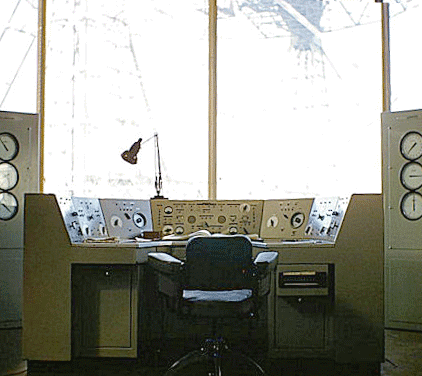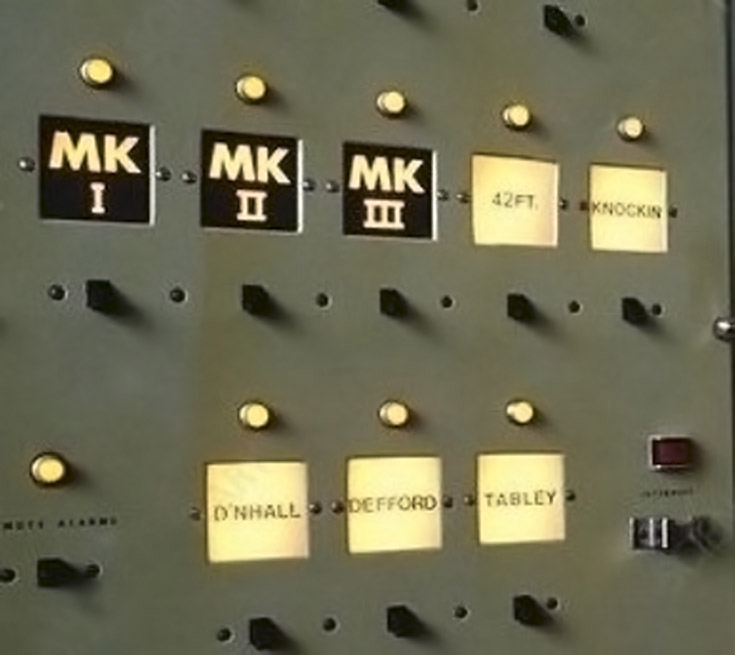Notes *Proposers should request Elapsed Time which includes the necessary phase referencing scans (typically 30%). L-band sensitivity estimates are based upon typical flagging strategies. Estimates are based on high-elevation observing; lower elevations will give rise to higher noise. Estimates for C-band assume a 5 GHz centre frequency. The sensitivity varies across the full 4.5 - 7.5 GHz range. Estimate for K-band is preliminary. Actual observed result depend significantly on e.g. weather. For more information visit http://www.e-merlin.ac.uk/observe.html.
Additional notes
- Data losses due to e.g. additional RFI can be accounted for by reducing \(\tau\) or \(\Delta\nu\).
- Other weighting schemes, such as Briggs robust 0.5, normally result in 10% higher image noise (but improved resolution).






